Phylum Xenacoelomorpha; Simple marine worms
Xenacoelomorpha – Etymology: From Ancient Greek Xenos = strange, + koîlos, “hollow” – (as in coelom) + morphḗ, “shape”. Animal with a strange shaped gut.
Characteristics of Xenacoelomorpha:
- Bilaterally symmetrical.
- Body plan is acoelomate.
- Body contains a very simple internal cavity.
- Body possesses no true digestive tract (gut).
- Body has three cell layers in most places (triploblastic).
- The nervous system is basiepidermal.
- Inhabit marine and sometime brackish habitats.
- All known species are hermaphroditic (possess both female and male reproductive systems).
According to the online database the Catalogue of Life there are 456 living species of Xenacoelomorpha
Introduction to the Xenacoelomorpha
The xenacoelomorpha are bilaterally symmetrical group of marine worms in which several features common to most other bilaterians are absent, for example an anus, any nephridia, and any form of a circulatory system. They are a relatively newly recognized phylum. The grouping of Acoela, Nemertodermatida, and and the genus Xenoturbella in a single taxon was first proposed in 2010 and officially designated as a phylum in 2016 (see J. T. Canon Et. al. 2016 Xenacoelomorpha is the sister group to Nephrozoa).
This species within the phylum display various lifestyles with most being free-living, some parasitic, and some symbionts. Meara stichopi, a is parasite of the sea cucumber Parastichopus tremulus.
They are mostly small, to very small, flat like worms found in marine and sometimes brackish water environments, on the sediments. They can be found at depths of up to four kilometers and near hydrothermal vents. The Acoela have a wide range of distributions from polar through temperate to tropical habitats. The entire phylum, as far as we know, is hermaphroditic (meaning each individual possess both male and female sex organs).
Biology of the Xenacoelomorpha
The epidermis (skin) of Xenacoelomorphs is completely covered in cilia which they use to glide or swim in a similar manner to the planula stage of Cnidaria. Mature Xenacoelomorphs have the mouth as the single opening to a blind gut that is epithelial in Xenoturbella and Nemertodermatida, but has been modified as syncytial tissue in the Acoela This blind gut lacks gastric subdivisions (although branching gut tissue can be observed in the nemertodermatid Meara stichopi.
The digestive system occupies large a part of the body and is lined by the nonepithelial gonads. According to Brenda Gavilán et. al. within the Acoela there are at least four different structural arrangements of the gut-system
- 1- permanent central syncytium enclosed by wrapping cells—most acoels, especially Convolutidae, but also Diopisthoporus sp.
- 2- lacking syncytial structures, intracellular digestion—Paratomella rubra
- 3- central lumen with temporary syncytial structures along the walls; Actinoposthia beklemischevi .
- 4- central lumen and permanent syncytial structures along the wall; Haploposthia opisthorchis, and Aphanostoma virescens.
In comparison the digestive tract of the Nemertodermatida is lined by an epithelial layer composed of phagocytes (“amoeboid cells”). The size of the digestive lumen is irregular. The gut is generally considered to lack cilia, except for the genus Nematoderma where partial ciliation has been observed.
The Xenacoelomorpha possess very few sensory organs. All species studied have a statocyst (for balance) and some groups have two unicellular ocelli (simple eyes). Muscles are organized into bands of circular, longitudinal and oblique fibres. Some species also possess dorsoventral muscles.
Many acoels are able to regenerate various parts of their body if damaged. A few species are able to use this ability of regeneration as a reproductive strategy. The acoel worm Symsagittifera roscoffensis can regrow its head, brain and sensory head organs within only a few weeks after decapitation. This capacity is not known in xenoturbellids and nemertodermatids.
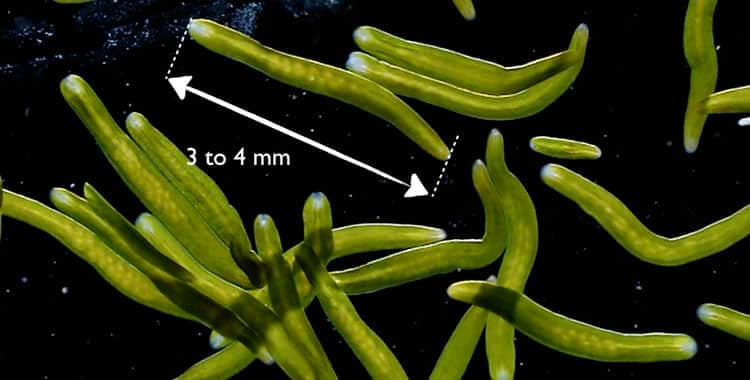
The Xenacoelomorphan Nervous System
The Xenacoelomorpha in general possess only a simple nervous system with no brain or ganglia. Xenoturbellida has the simplest neuroanatomy of the group. It consists of a well-developed basal intraepidermal nerve net with interwoven neuronal fibres, but lacking any submuscular nervous structures. The Nemertodermatida nervous system is similar but somewhat more developed. It comprises, in addition to a subepidermal nervous plexus, a ring of neural processes located at the statocyst level.
The nervous system of Acoela has a high degree of structural variability, although all share a general pattern: the possession of an intraepidermal plexus and three to five pairs of similar neurite bundles that are regularly distributed and spaced around the anterior–posterior body axis.
Ecology of Xenacoelomorpha
Free living Xenacoelomorphs move by gliding in sandy or muddy marine substrates, using their epidermal cilia. Scattered ventral glands produce a film of mucus that helps locomotion. Acoels of the genera Waminoa and Convolutriloba live on corals while Hofstenia miamia lives on submerged mangrove leaves and roots.
The acoel Symsagittifera roscoffensis, is green because of its symbiotic relationship with a green algae. Green colonies of it can be found in the intertidal zone on the beaches of southern England and northern France. Symsagittifera forms its symbiosis with the alga Platymonas convolutae. At first the young are colourless, but they soon acquire the free-living flagellated algae from the surrounding sea water around three days after hatching. This symbiosis is obligate (meaning necessary for life) because the adults do not feed and are entirely dependent on photosynthetic byproducts of their symbionts.
After ingestion, the Platymonas algal cells move to just below the upper epidermis of the animal, establishing themselves extracellularly, (meaning they lie amongst, but not inside of. the cells of the animal’s body) The algal cells now change shape and lose their flagella, theca and eyespot. Symsagittifera worms move towards surface to bask in the bright midday light. In another species, Convolutriloba longifissura, the symbiosis is also obligate, but in this case the adult worms also continue to feed as well as derive nutrition from their algal symbionts.
Most of the free-living Acoela are thought to feed on organic detritus they come across on the surface of the ocean substrate. Xenoturbella bocki’s has a very small mouth, and is believed to be a specialist feeder on Bivalves. Most probably ingesting material from decaying molluscs or any mollusc egg masses, sperm, larvae or slime they come across. Other Xenoturbellids have not yet been studies.
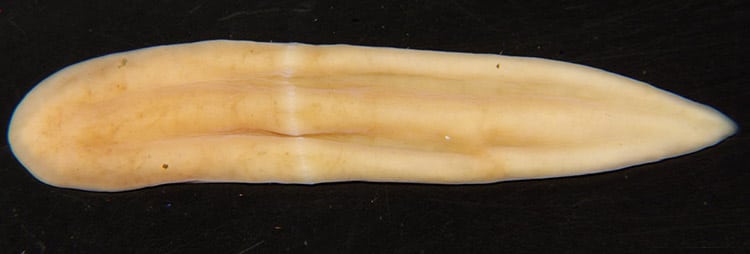
Xenacoelomorhpan Reproduction
Members of the Xenacoelomorpha reproduce sexually and fertilization is internal. After fertilization the oocytes are released either through the mouth or through a rupture of the body wall. However, some of the Acoela have evolved a new opening for the release of fertilized oocytes and can also possess specialized copulatory organs. The fertilized eggs are laid in clusters embedded in jelly. During development acoel embryos show an uncommon cleavage pattern, called ‘duet cleavage’, this cleavage pattern is unique among the bilaterians.
All known species have direct development, meaning what emerges from the egg is a small, but looks pretty much like an adult, although it is not sexually mature. Therefore, as there is no larval form what emerges from the oocyte (egg) is called a hatchling.
The hatchlings of both the Nemertodermatids and the genus Xenoturbellado lack a functional mouth opening on hatching, and only develop the mouth to begin feeding later.
Aside from sexual reproduction, acoela such as members of the genus Convolutriloba can reproduce asexually by either budding off parts of their body or dividing by fission. This regenerative capacity is made possible because the animals possess large numbers of unique stem cells called ‘neoblasts’.
Another attractive method of reproduction is called of vegetative reproduction. This can be seen in the species Paratomella rubra, in this case the adult produces chains of smaller animals that eventually bud off, on by one, from the posterior end to begin a new life.
Taxonomy
The phylum Xenacoelomorpha is not divided into classes (yet). There are three orders, one of which has not been named yet. The majority of the species are found in the order Acoela, sometimes referred to as the Acoelomorpha.
Phylum Xenacoelomorpha – 456 species
- Order Acoela • 432 living spp
- Family Actinoposthiidae • 23 living spp
- Family Antigonariidae • 1 living spp
- Family Antroposthiidae • 4 living spp
- Family Convolutidae • 118 living spp
- Family Dakuidae • 22 living spp
- Family Diopisthoporidae • 5 living spp
- Family Hallangiidae • 2 living spp
- Family Hofsteniidae • 7 living spp
- Family Isodiametridae • 102 living spp
- Family Mecynostomidae • 54 living spp
- Family Nadinidae • 3 living spp
- Family Otocelididae • 10 living spp
- Family Paratomellidae • 3 living spp
- Family Proporidae • 66 living spp
- Family Solenofilomorphidae • 11 living spp
- Family Taurididae • 1 living spp
- Order Nemertodermatida • 18 living spp
- Family Ascopariidae • 3 living spp
- Family Nemertodermatidae • 15 living spp
- Order Not assigned • 6 living spp
- Family Xenoturbellidae • 6 living spp
Image Credits:- Cover Image adapted from Hejnol, A., & Pang, K. (2016); Xenoturbella japonica by Hiroaki Nakano et. al; Symsagittifera roscoffensis by RoskoGirlA – License CC BY-SA 4.0,


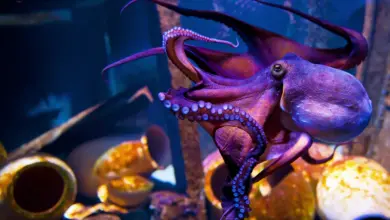
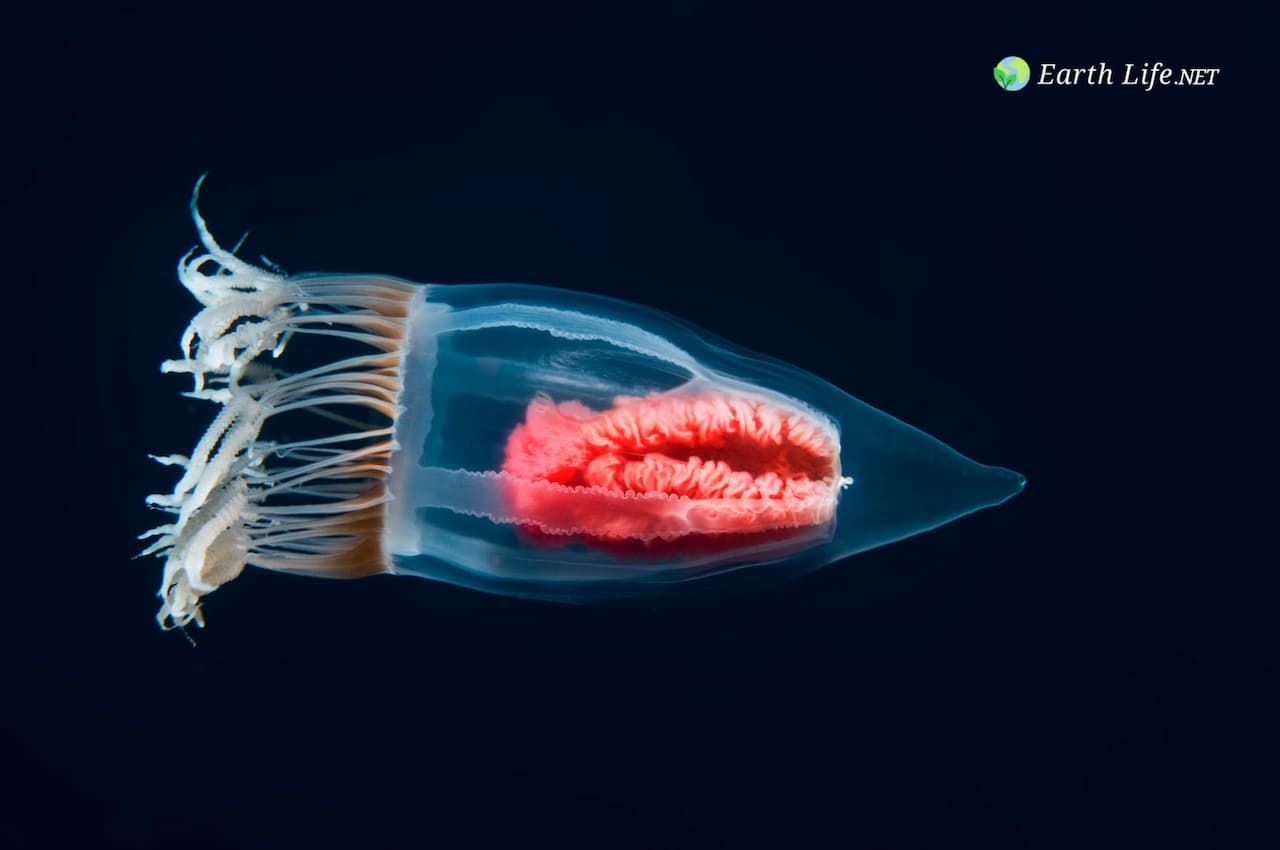
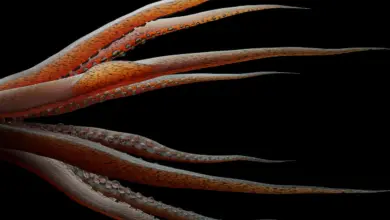

Hi, thanks for putting your information pages together. I can always find a few good images for teaching. But please correct the present one, it is Xen-A-coelomorpha, the strange animals without body cavity. Cheers, Christine
Hi Christine, Thanks for being so kind about that, I have fixed the numerous occurrences.